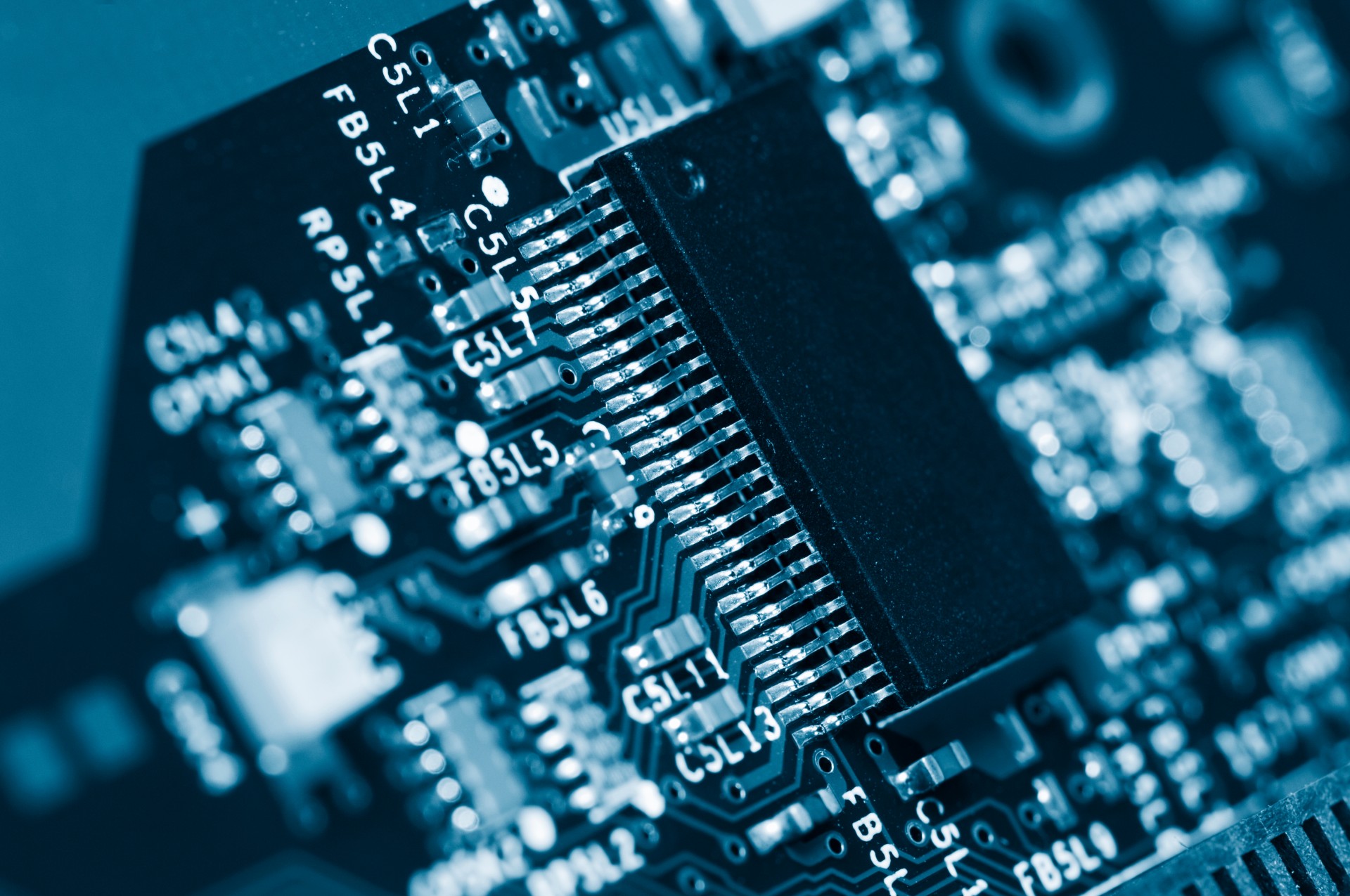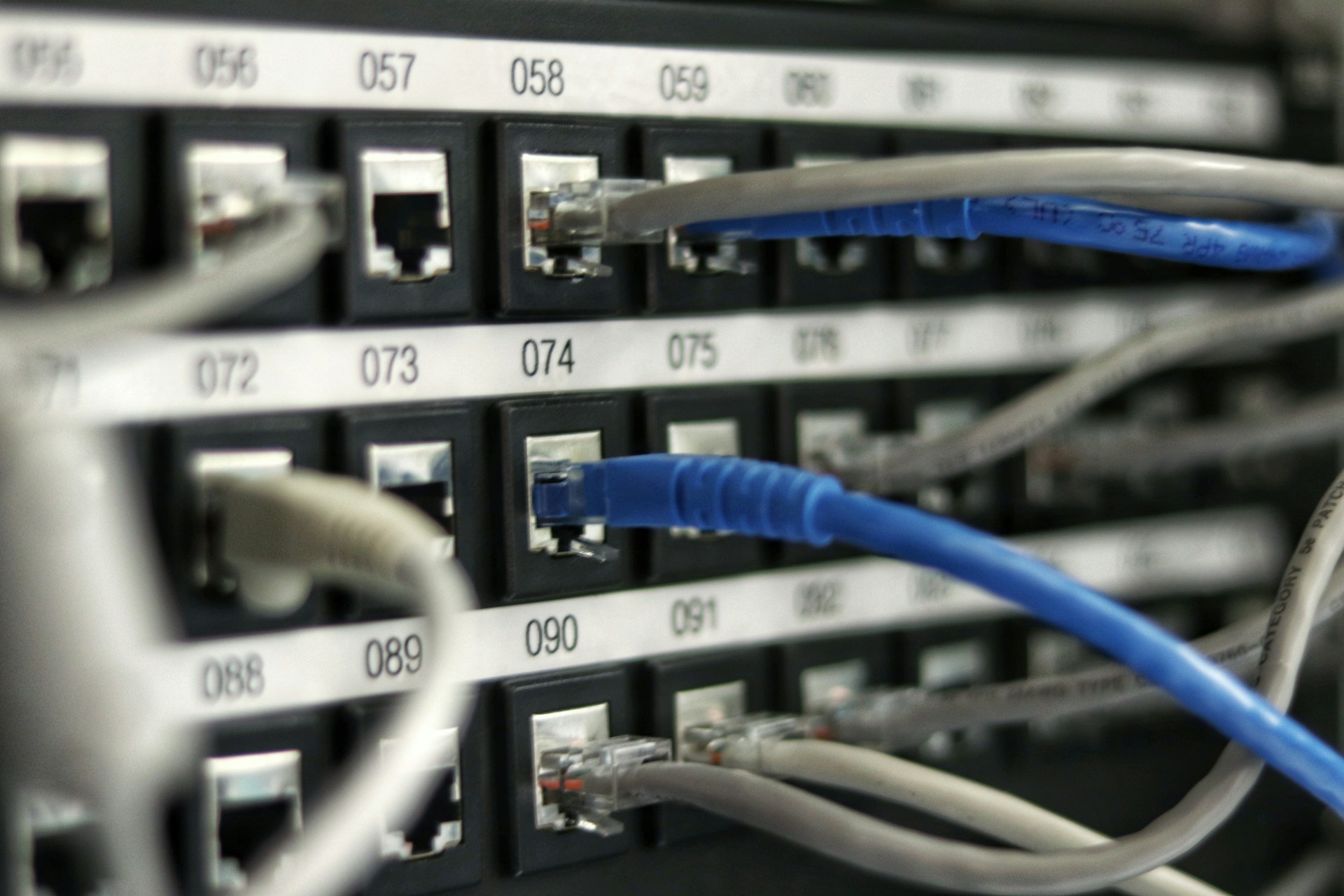
Why Is the IoT Semiconductor Becoming More Popular?
October 28, 2021 - Revolutionized Team
Revolutionized is reader-supported. When you buy through links on our site, we may earn an affiliate commission. Learn more here.
The Internet of Things (IoT) has helped many industries grow and become more profitable. While these devices can benefit virtually every sector, they’ve had a particularly substantial impact on the semiconductor industry. IoT semiconductors are becoming the driving force behind the entire industry.
IoT semiconductors come with unique requirements that traditional semiconductors don’t have. Smart devices require things like ultra-low power, built-in security and smaller form factors that their semiconductors must provide or enable. As the IoT grows, these components have likewise skyrocketed in popularity.
These semiconductors haven’t just grown, though. The semiconductor industry as a whole has shifted to focus on them far more than standard components. Here’s a closer look at why.
Exponential IoT Growth
The most obvious explanation for IoT semiconductors’ remarkable growth is the growing popularity of the IoT itself. End-users spent $151 billion on IoT solutions in 2018, and experts expect that figure to more than double by the end of 2021. That represents a massive opportunity for semiconductor manufacturers.
Explosive growth like that is rare, so semiconductor producers would be remiss not to take advantage of it. Transitioning to focus on the unique components these new technologies need lets them capitalize on this immensely profitable opportunity. Since the IoT market covers such a wide, diverse range of subcategories, there’s room for any manufacturer to jump on this trend.
The industrial IoT market alone was worth $77.3 billion in 2020, with experts saying it could reach $110.6 billion by 2025. As trends like Industry 4.0 continue to grow, more industrial clients will look to buy connected devices. Semiconductor producers that can capitalize on this growth will see impressive returns.
Comparative Decline of Traditional Technologies
The IoT’s growth is only part of the reason behind the success of the IoT semiconductor market. As these devices have become increasingly popular, other, more traditional alternatives have declined by comparison. Users in both consumer and commercial sectors prefer IoT options over standard options, making IoT-specific components more valuable.
Take smart TVs, for instance. As of 2018, nearly 40% of internet users in the U.S. owned a smart TV. Not that long ago, these devices made up a comparatively small portion of the overall TV market, and now they represent almost half of end-users. Many TV manufacturers now offer internet connectivity as a standard feature, too.
As smart TVs are becoming more popular, traditional options account for a smaller and smaller market portion. This trend is happening across a wide range of devices, too. As a result, non-IoT semiconductors are becoming less valuable.
Smartphones used to be the driving force behind the semiconductor industry. In 2020, though, smartphone sales dropped by 12.5%, and demand for new phones has trended downward for a few years. As these old growth drivers fall, IoT semiconductors have emerged as a profitable replacement.
Growing Niche Markets
Semiconductor manufacturers can also profit off the diversity that exists within the IoT market. The IoT covers several niche applications that are experiencing considerable growth. Each has specific needs and demands, letting semiconductor manufacturers target smaller segments instead of fighting for success in an overcrowded market.
RFID tags in warehouses are an excellent example of these specific sub-niches in the IoT market. This one technology can improve inventory count accuracy by 27%, making it an enticing buy for warehouses. Semiconductor producers can focus on this market segment and make a respectable profit with less competition.
The medical industry is another growing IoT use case that semiconductor manufacturers can capitalize on. Medical IoT devices have higher security requirements, given HIPAA regulations, so they require unique semiconductors. A manufacturer can specialize in these components with high built-in security and see considerable success.
Each of the subcategories within the IoT represent a profitable market on their own. Semiconductor manufacturers can avoid excessive competition thanks to these niches, so as they grow, more producers will become increasingly specialized.
Possibilities With Edge Computing
Edge computing is one of the most exciting applications of the IoT. This phenomenon moves computing processes away from centralized data centers and onto a distributed network of connected devices. It could enable hyper-connected smart cities and driverless cars, and it requires advanced IoT chipsets to work.
Standard semiconductors can’t enable the speed, connectivity, and computing power necessary for edge computing applications. These devices need specific IoT semiconductors to let them reach their full potential. As a result, many semiconductor manufacturers have focused on producing these IoT components over standard alternatives to capitalize on edge computing.
Semiconductor sales for smart city devices alone, just a fragment of the edge computing market, brought in $613 million in 2016. Industry experts predict that figure will be in the billions before long. Turning away from traditional semiconductors to focus on this growing market instead is an enticing business opportunity.
Retrofitting Opportunities
Semiconductor manufacturers find themselves at a particular advantage amid the growth of the IoT. Naturally, all new IoT-capable replacements for traditional devices need IoT semiconductors, but that’s not these suppliers’ only opportunity. Some businesses engage in IoT retrofitting instead of buying new machines, and these backward-compatible sensors still need semiconductors.
For some companies, replacing old machines with new IoT-enabled products is too expensive. IoT retrofitting enables them to experience the benefits of connectivity at a lower cost. Some people have even equipped tools from the 1880s with IoT sensors, showcasing retrofitting’s versatility.
Backward-compatible IoT sensors don’t need all the parts of a brand-new device, but semiconductors are essential. Since these sensors and appliances with built-in IoT connectivity can use the same semiconductors, manufacturers can meet both demands with a single product. Retrofitting expands the market for IoT semiconductors, making them an even more valuable point of focus.
Evolving Connectivity Standards
As the IoT has grown, new wireless protocols have emerged. There are at least 21 different connectivity standards for IoT devices, each with varying chipset requirements. This fractured space presents both a challenge and an opportunity for IoT semiconductor manufacturers.
On the one hand, such a lack of consistency between IoT standards limits the market for semiconductors that are only suitable for a few. That could make semiconductor manufacturers hesitate to produce IoT-specific products. On the other hand, the rise of niche, IoT-specific protocols gives IoT semiconductors that support them a guaranteed market.
These protocols are still evolving. And as the IoT grows, so too is consistency among device standards. For example, Amazon, Apple, and Google have collaborated to produce a single standard for smart home devices. This would make deciding between wireless protocols more straightforward, helping some semiconductor manufacturers step into the IoT space.
Rising Security Demand
Security is a growing concern among all device manufacturers, but especially for those in IoT. Research shows that hackers attack IoT devices within five minutes of them connecting to the internet. As the IoT’s vulnerabilities have become increasingly publicized, more businesses have called for higher built-in security.
Like evolving connectivity standards, this demand is both a challenge and an opportunity for IoT semiconductor manufacturers. Improving built-in security in these components is not always a straightforward task, but it can be a profitable one. Producers who can offer higher cybersecurity will pull ahead of competitors and see rising sales.
An IoT semiconductor with reliable built-in security controls is far more valuable than a standard semiconductor. By focusing on these products, manufacturers can make a name for themselves early in this emerging market.
Changes are also happening with security provisioning, the process where credentials get placed into an IoT device. That has traditionally occurred at the factory level. Work is underway to make that happen during IoT device onboarding, which happens when a product owner sets up the device.
People believe this approach could make IoT devices secure while streamlining what people must do before using their devices for the first time. Perhaps provisioning could occur in the background without a user having to take any time-consuming or confusing actions to make it happen. If we get to that point, IoT devices could become more secure, and more appealing as a result.
Complementing Technologies Support IoT Development
The global chip shortage could hinder semiconductor development, despite all these positive signs of growth. For example, Counterpoint Research projected a 6% drop in cellular IoT chipsets and modules during the third quarter of 2021 compared to the second quarter’s numbers.
Soumen Mandal, an analyst at the firm, said, “Global IoT adoption is increasing; hence, a sudden decrease in supply will halt IoT project implementation around the world.” However, since the chip shortage is an ongoing problem, the leaders at some companies realize it’s time to see how other technologies could help IoT semiconductor production keep flourishing.
Digital Twins Keep Production Productivity High
A cloud-based product called Arm Virtual Hardware uses a digital twin to allow people to develop IoT products without the physical semiconductors. It runs as a Linux app, and if people do have the hardware available to them, the tool facilitates the simultaneous hardware and software development of IoT products. That benefit should significantly accelerate the time to market.
A company called onsemi, formerly known as ON Semiconductor has also embraced digital twins to help with IoT chip production. That company has a cloud-based sensor development platform that shows all the relevant sensor node connections in IoT hardware. It’s then easier for developers to assess which features they’ll have in IoT devices under development and what role semiconductors will play in those products.
3D Printing Supplements Traditional Semiconductor Manufacturing Methods
3D printing could also help the Internet of Things semiconductor market remain strong when shortages limit the supply chain at large. A company called 3D Systems uses direct metal printing (DMP) powder bed fusion technology, which could one day contribute to IoT semiconductor production.
Scott Green is the principal solutions leader at the company. He explained, “With metal 3D printing, when it comes to producing millions of parts, the cost is too high. We won’t print mountains of mass market heat sinks with low technical requirements, but low-volume, highly complex components and tooling such as semicon fab equipment is a perfect fit. This is a bread and butter DMP application.”
These are just some of the many ways that advanced technologies could keep the IoT semiconductor market growing and profitable. The more accessible digital technologies are to the engineers and designers who make IoT products, the easier it’ll be for them to avoid production pitfalls.
The IoT Semiconductor Market Has a Bright Future
Considering all of these factors, it’s no surprise that IoT components are becoming the bread and butter of the semiconductor industry. As the IoT continues to grow, traditional semiconductors will become less and less valuable. Manufacturers who can capitalize on this trend early will see remarkable success.
Throughout the past couple of decades, smartphones and computers have sustained the semiconductor sector. As these old market drivers have fallen, IoT devices have emerged as the ideal replacement. IoT gadgets benefit many industries, but they’re starting to become the very lifeblood of semiconductors.
Editor’s note: This article was originally published on May 20, 2021 and was updated October 28, 2021 to provide readers with more updated information.
Revolutionized is reader-supported. When you buy through links on our site, we may earn an affiliate commission. Learn more here.







